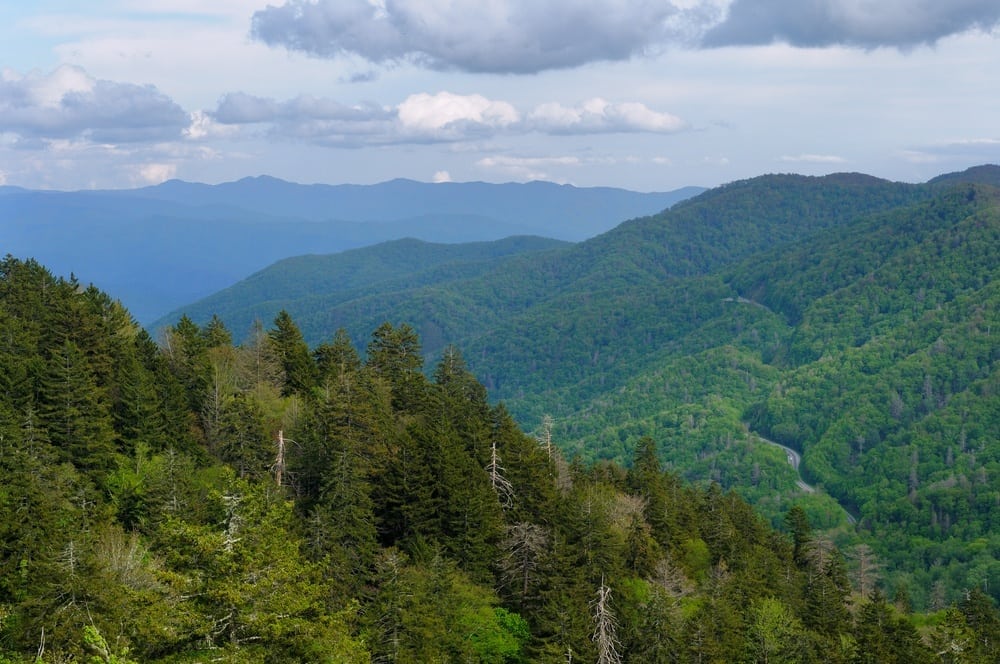
The Great Smoky Mountains National Park, on the eastern border of Tennessee and the westernmost border of North Carolina, is well known for its diverse wildlife, beautiful mountain landscapes, and Appalachian history. In 2009, the Smokies will be celebrating their 75th anniversary. A popular destination for family vacations, avid hikers, and tourists at all times of the year, the Smoky Mountains National Park is rich with activity for people of all interests and abilities.
Activities of the Great Smoky Mountains National Park
Founded in 1934, the Great Smoky Mountains National Park has more than 800 miles of hiking, as well as plenty of opportunities for fishing, picnicking, bicycling and wildlife viewing. In addition to the breathtaking views of the Appalachian mountains, the Great Smokies also offer up plenty of waterfalls, wildflowers, auto tours and historic buildings, as well.
Camping Reservations and Fees at the Great Smoky Mountains National Park
The Smokies are open year-round, though some access points will be closed or limited during winter. The Great Smoky Mountains National Park is one of the few parks in the system that does not charge an entrance fee. Camping fees range from $14-23, depending on the site, and there is a nominal charge for renting the pavilion. Some additional activities may be run by independent businesses and the fees may vary.
Camping sites at the Great Smoky Mountains National Park are popular and do tend to fill up quickly. The frontcountry campsites are available for reservations six months in advance, while the group campsites can be reserved one year in advance. Reservations can be made online or by phone. Those considering backcountry camping in the Great Smoky Mountains cannot make online or phone reservations, but are required to pick up a permit at one of the designated centers upon arrival. The permits for backcountry camping are free.
The Wildlife of the Great Smoky Mountains
According the the official website of the National Park Service, scientists estimate that only 12 percent of the plants and wildlife of The Smokies is actually known, an estimated 12,000 of 100,000 different species. It is not uncommon for visitors to the Smoky Mountains National Park to see elk, raccoons, white-tailed deer, and one of the estimated 1,500 bears that live within the parks borders.
Visitors to The Smokies are advised to not feed any of the wildlife, and to keep a safe distance when watching them. Not only is it against the law to feed any wildlife species, it is also a crime to disturb or displace the living creatures of the park.
Because many of the wildlife in the Smoky Mountain National Park are active at night, visitors who wish to increase their chances of seeing wildlife are encouraged to look for wildlife early in the morning or at dusk, when the light is beginning to fade.
The Great Smoky Mountains National Park is one of the most popular parks in the southeastern United States. It makes a great summer vacation for couples and families, and offers activities for everyone. Those interested in viewing the park without making the trip in person may enjoy checking in on the webcams of the Great Smoky Mountains.


